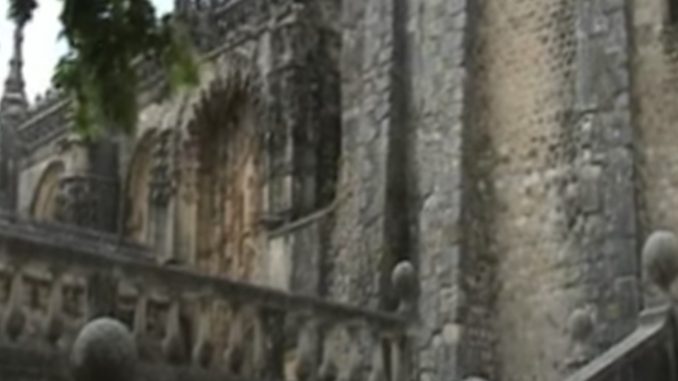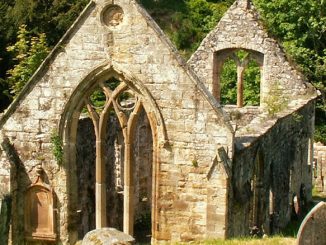
Tomar, a picturesque town located in central Portugal, holds a significant place in the history of the Knights Templar. Known as the “City of the Templars,” Tomar served as a headquarters and stronghold for the order during the Middle Ages. Today, it stands as a testament to their legacy and a remarkable destination for those interested in exploring the history of the Templars and Tomar.
The Templars, also known as the Poor Fellow-Soldiers of Christ and of the Temple of Solomon, were a medieval Christian military order formed in the early 12th century. Their mission was to protect Christian pilgrims traveling to the Holy Land during the Crusades. Over time, they grew in power and wealth, becoming an influential force in Europe.
In the 12th century, Gualdim Pais, a prominent Portuguese knight, played a crucial role in establishing the Templars’ presence in Tomar. He was entrusted by King Afonso I of Portugal with the task of defending the country’s borders against Moorish invasions. Gualdim Pais led the construction of the Castle of Tomar and the Convent of Christ, transforming the town into a strategic fortress for the Templars.
The Convent of Christ, a UNESCO World Heritage site, is the jewel of Tomar. It served as the headquarters of the Knights Templar in Portugal and later became the seat of the Order of Christ, a successor to the Templars. The convent combines various architectural styles, including Romanesque, Gothic, Manueline, and Renaissance, reflecting the centuries of development and adaptation.
Exploring the Convent of Christ is like stepping back in time. Visitors can wander through its imposing courtyards, ornate chapels, and grand halls, each holding a story of the Templars’ legacy. The Charola, the round Templar church at the heart of the complex, is a true architectural marvel. Its circular design, inspired by the Holy Sepulchre in Jerusalem, symbolizes the Templars’ connection to the Holy Land.
Inside the convent, the Templar Interpretation Center provides a fascinating glimpse into the history, rituals, and symbolism of the order. Exhibits display artifacts, manuscripts, and interactive displays, allowing visitors to delve deeper into the Templars’ secretive world.
Beyond the Convent of Christ, Tomar boasts other significant Templar sites. The Church of Santa Maria do Olival served as the burial place for several Templar knights and masters. Its tranquil surroundings offer a peaceful atmosphere for reflection and contemplation.
Tomar’s historical center is a delight to explore, with its narrow winding streets, charming squares, and medieval buildings. The Templar influence is evident in the town’s layout and architectural elements. The Templar Castle, now in ruins, stands as a reminder of the Templars’ military presence in the region.
Tomar’s connection to the Templars extends beyond its physical landmarks. The town’s annual festival, the Festa dos Tabuleiros (Festival of the Trays), dates back to medieval times and incorporates Templar traditions. During the festival, locals dress in traditional attire, carrying towering trays adorned with flowers as a symbol of abundance and fertility.
Tomar stands as a living testament to the Knights Templar and their influence on Portugal’s history and culture. It offers a captivating journey into the world of these enigmatic knights, revealing their devotion, architectural prowess, and lasting impact. For history enthusiasts, the City of the Templars is an essential destination, inviting visitors to unravel the secrets and marvel at the grandeur of the Templar legacy.
About Us
TemplarHistory.com was started in the fall of 1997 by Stephen Dafoe, a Canadian author who has written several books on the Templars and related subjects.
Read more from our Templar History Archives – Templar History



